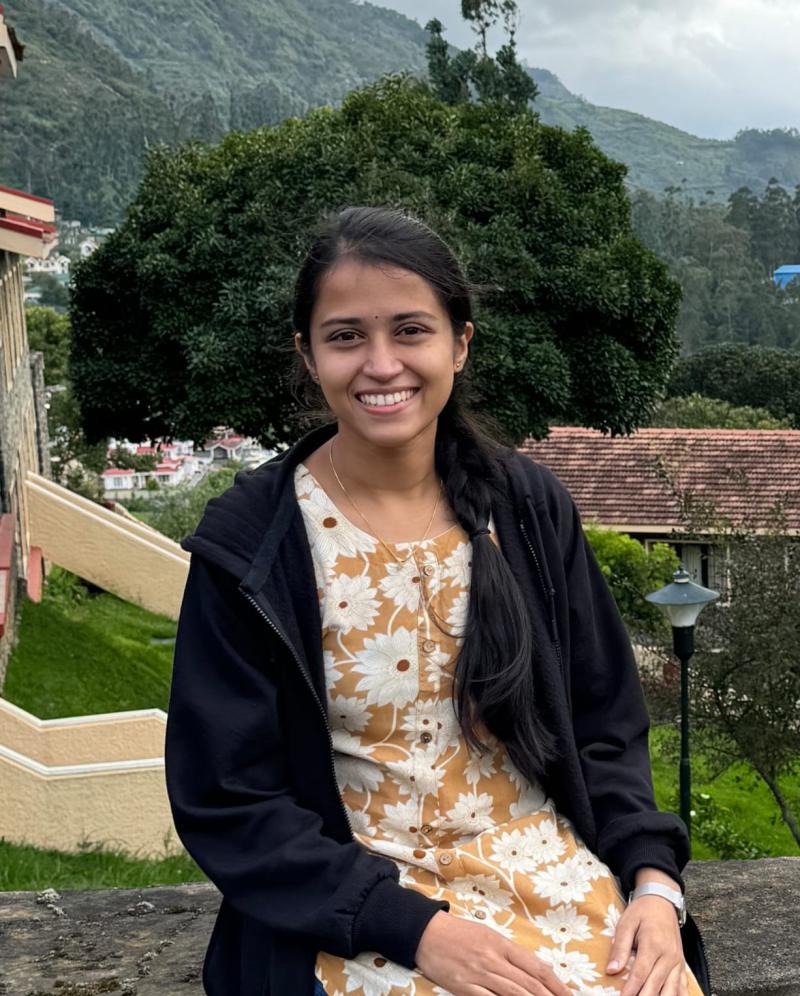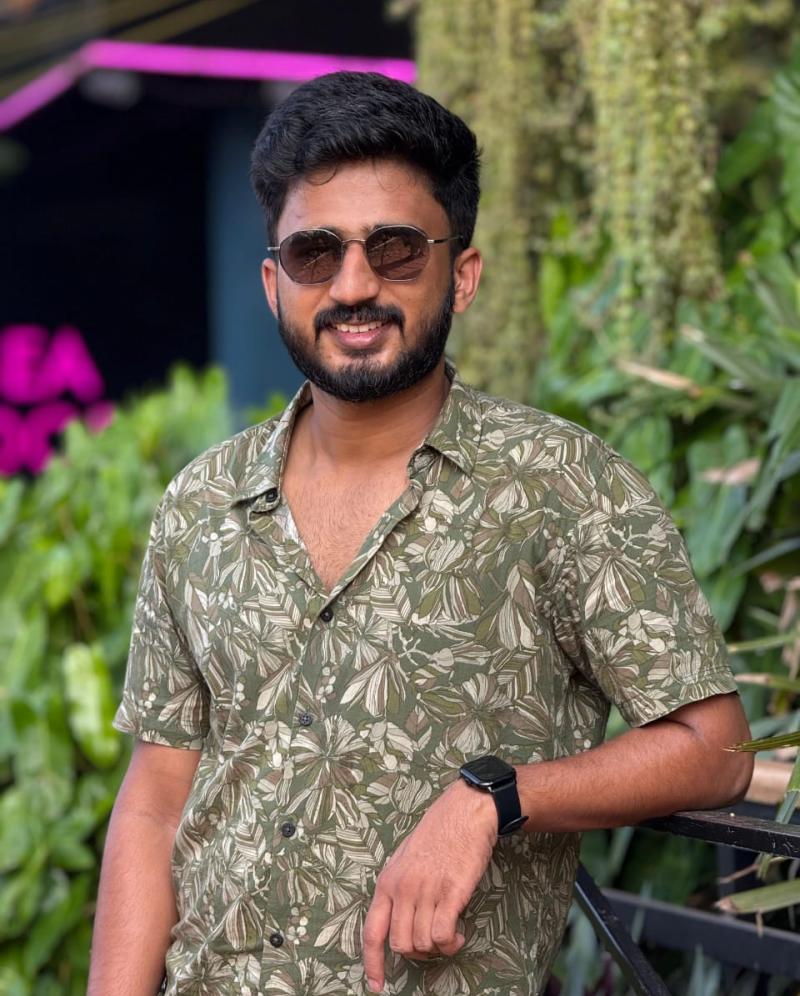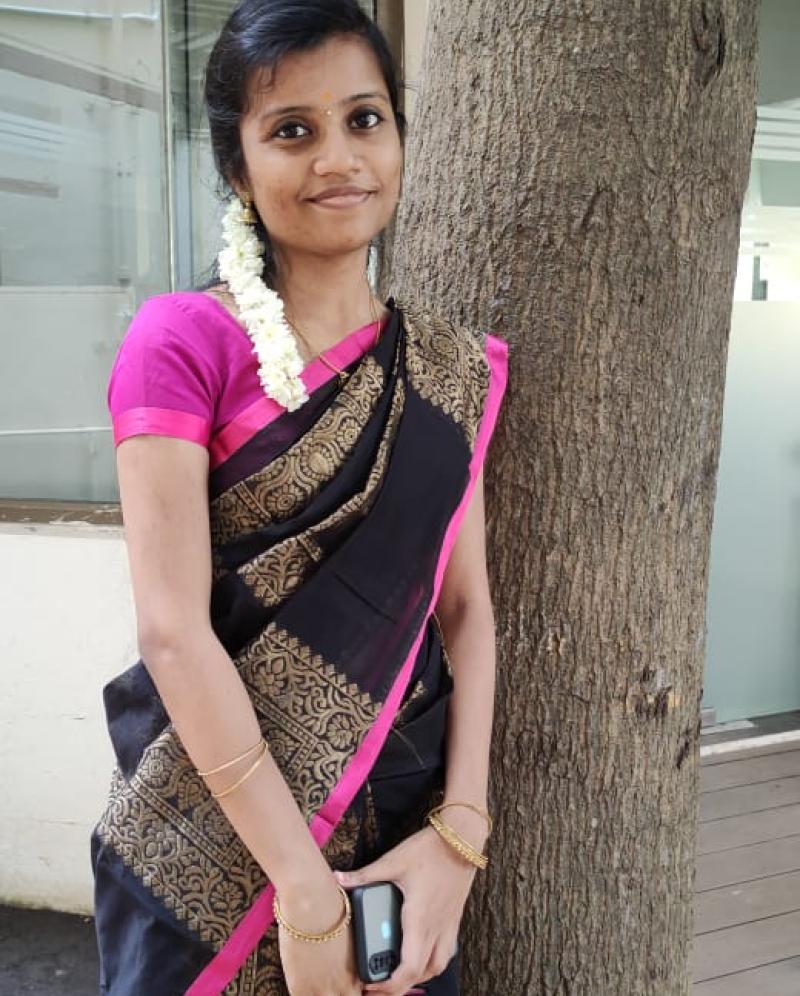SPINE NAVIGATION SYSTEM
Our hybrid-layered surgical navigation system for spine integrates optical trackers, imaging modalities, and sterile instrument interfaces into a modular platform. Systems integration consolidates hardware (trackers, computers), firmware for real-time navigation and planning, registration, and gap-assessment modules via a CI/CD-driven release process. Systems engineering establishes traceability from clinical requirements to design features and verification under ISO 13485, IEC 60601-1, and ASTM F2554. Calibration routines—including landmark, surface ensure sub-2 mm accuracy validated via phantom and cadaveric trials. Product management synchronizes VOC workshops, KOL engagements, TRL-based milestones, pilot deployments, and regulatory submissions to guarantee timely delivery.
Primary Themes:
- Hybrid optical + imaging fusion
- CI/CD‑released planning & registration modules
- Phantom + cadaver accuracy validation
- VOC workshops & pilot deployments














